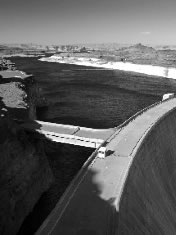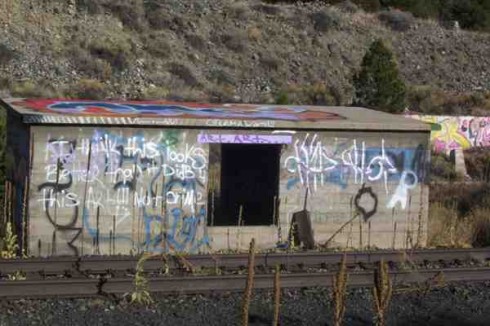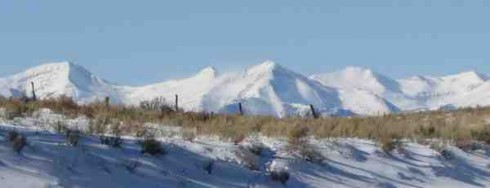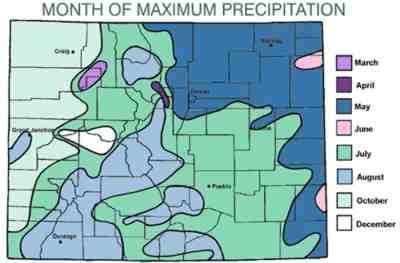By Tyler Grimes
With any article on climate change, it’s tempting to try to grab the reader’s attention with horrifying statistics or stories of natural disasters or the severity of drought, but this is an issue where facts speak loudest:
• The global temperature has increased by 1.4 degrees Celsius over the last century. (EPA)
• 2000 to 2010 was the warmest decade on record. (EPA)
• August was the 342nd consecutive month with above average global temperatures. (climate.gov)




